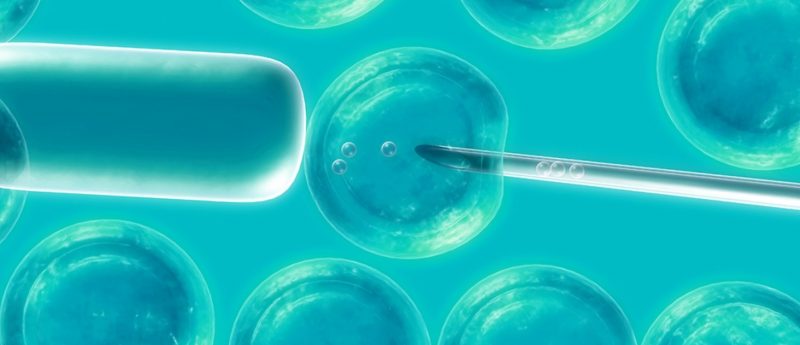New, faster stem cell reprogramming and gene-correction method

Researchers from the Morgridge Institute for Research and the Murdoch Children’s Research Institute (MCRI; Australia) have developed a new process using CRISPR/Cas9 to more quickly reprogram and genetically edit stem cells, cutting it down from months to weeks.
Researchers from the Morgridge Institute for Research and the Murdoch Children’s Research Institute (MCRI; Australia) in Australia have found a way to merge two steps in preparing cells for potential therapy into one for faster stem cell reprogramming and gene editing, which should help increase the chance of gene-edited stem cells becoming clinically and commercially viable owing to the quicker timeline and also reduction in risks associated with culturing cells outside of the human body, such as genome instability.
The study, led by Sara Howden, a postdoctoral fellow at MCRI, demonstrated how reprogramming and gene correcting, normally a multi-step process taking more than 3 months, could be combined into one step taking 2 or more weeks, in adult adult retinal degeneration patient-derived skin cells and an infant patient with severe immunodeficiency.
Commenting on the importance of this method, Howden stated: “The method developed in our study could potentially advance transplant medicine by making gene-corrected cells available to patients in a much more timely manner, and at a lower cost … It will have implications immediately for researchers working in regenerative medicine.” In particular, this faster process could allow gene-edited cell therapies to be used in more urgent medical cases such as SCID.
Howden completed much of the research in the Morgridge Regenerative Biology Laboratory, led by stem cell pioneer James Thomson. Thomson commented: “In this new approach, Dr Howden succeeded in combining the reprogramming and the gene correction steps together using the new Cas9/CRISPR technology, greatly reducing the time required.”
Further research to help allow treatments to become viable will investigate the process in blood samples, which are less invasive than a skin biopsy and may further allow faster generation of iPSCs, as skin cells require weeks of expansion to generate sufficient numbers of cells for reprogramming, and deriving a long-term source of blood cells from pluripotent stem cells.
Source: https://morgridge.org/newsarticle/new-stem-cell-process-increases-therapeutic-potential/; Howden SE, Maufort JP, Duffin M, Elefanty AG, Stanley EG, Thomson JA. Simultaneous reprogramming and gene correction of patient fibroblasts. Stem Cell Rep. doi:10.1016/j.stemcr.2015.10.009 (2015) (In Press Corrected Proof)